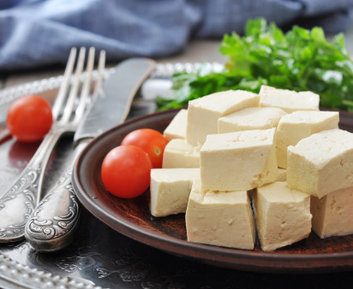
Soy
Soy contains isoflavones – plant compounds that act like a weak form of oestrogen and may ease mild menopausal symptoms. They also appear to lower cholesterol and reduce bone loss. Aim to get 30-50 mg isoflavones from food daily. Different soy foods contain different amounts, so check the label. Roasted soya beans, tofu, and soy milk are three ways to eat soy.
Studies have yielded mixed results on whether or not soy works. The only way to know for sure is to try it yourself. Scientists don’t know whether very high doses might increase the risk of breast cancer, just as oestrogen does. Isoflavone supplements are not recommended at this time.
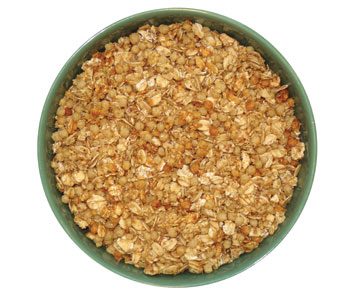
Flaxseed
Flaxseeds are another source of plant oestrogens. Grind some in a spice grinder and add 1 to 2 tablespoons to cereal and other foods.
Don’t take this if you are having heavy periods, since it may increase menstrual flow. Don’t confuse black cohosh root with blue cohosh, a potentially dangerous herb.

Black cohosh
This traditional Native American remedy contains plant hormones and it has been reported to be helpful in relieving symptoms such as hot flushes, bloating, depression, insomnia and vaginal dryness. Look for a product containing a standardised extract of the dried herb to provide a guaranteed percentage of the active ingredients. Take black cohosh according to the manufacturer’s instructions.
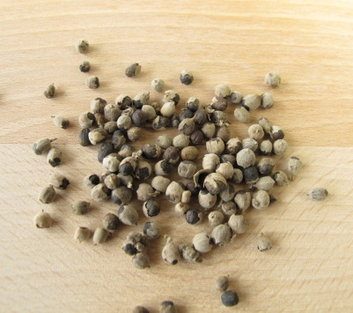
Chasteberry
Also known as chaste tree berry and vitex, this herb is widely used in Europe for the relief of menopausal symptoms. It may help restore progesterone levels, which plummet during menopause. Take according to the manufacturer’s instructions.
Check with your doctor before taking more than 400 IU vitamin E a day. Higher doses are contraindicated for people with diabetes and certain other medical conditions.
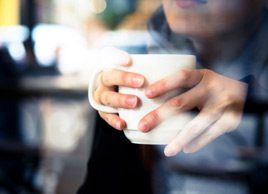
Red Clover Tea
To help calm menopausal symptoms without hormone replacement therapy, try red clover tea. This herb has significant medicinal use for several reasons: it contains phytoestrogens and has been shown to reduce the symptoms of menopause, including hot flushes, along with some of the unpleasant symptoms of premenstrual syndrome.
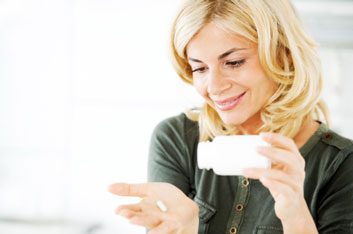
Vitamin E
Some women find that high doses of Vitamin E help relieve hot flushes, night sweats and vaginal dryness. Vitamin E may also protect against heart disease, although studies have yielded conflicting results. Take according to manufacturer’s instructions.
Can take four weeks to be effective. Do not take with antidepressants. Check with your doctor before using. Recent studies indicate it may not be as effective as previously thought.
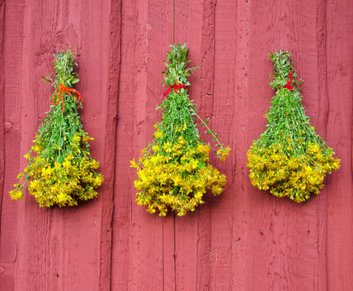
St. John’s wort
This herb may combat mild depression and insomnia. Take according to manufacturer’s instructions. It has some potential side effects including severe skin rash. Choose a product containing a standardised extract, which provides a guaranteed percentage of the active ingredient.
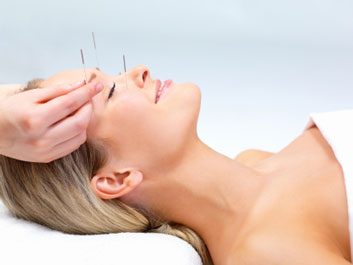
Acupuncture
A Swedish study reports that acupuncture helps ease insomnia and hot flushes. Some women agree.

Exercise
Studies show that one to three hours of exercise a week can significantly reduce hot flushes. Weight-bearing exercise such as walking and weight-lifting help prevent osteoporosis, and aerobic exercise helps guard against heart disease.
Related:
• 10 ways to sleep better during menopause
• Why is hormone replacement therapy so controversial?
• 3 symptoms of menopause and how to cope
